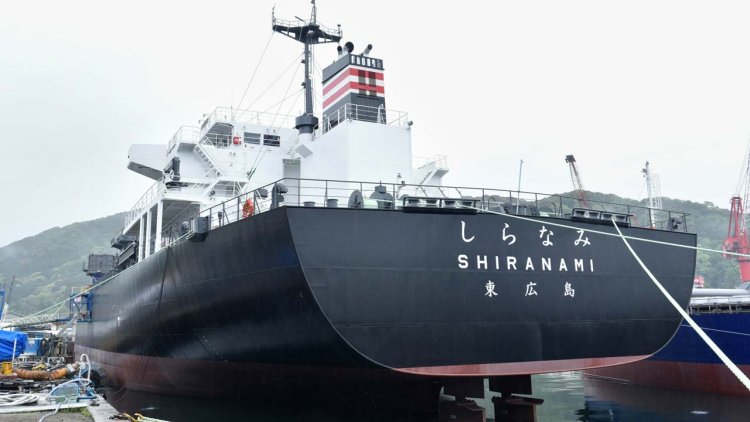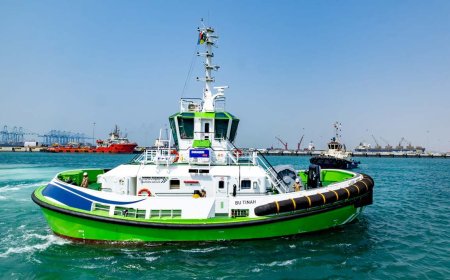NYK's new vessel tests navigation automation systems
On April 28, the coal carrier Shiranami, ordered by NYK, was delivered at the Saiki Shipyard of Honda Heavy Industries Co., Ltd.

A naming ceremony was attended by Sunao Nakamura, senior managing executive officer optimization business of JERA Co., Inc. (Chuo-ku, Tokyo; hereafter JERA); Nobuhiro Kashima, senior managing executive officer of NYK; and many other persons concerned.
The vessel is a sister ship of the domestic coastal coal carrier Ushio, which was delivered in July 2022. As part of the “2021 Support Project for R&D in Promoting Aggregation and Cooperation in the Maritime Industry“, which is being implemented by the Ministry of Land, Infrastructure, Transport and Tourism (MLIT), new systems for the navigation and engine systems respectively were introduced on this vessel on a trial basis, with the aim of realizing crewed autonomous operation of ships.
- Navigation system: a navigation duty support function has been introduced to improve the reliability of information on surrounding vessel traffic by integrating visual information from cameras and various sensors, which is then used to formulate a navigation avoidance plan. In the future, demonstration tests will be carried out with the aim of further improving the safety of crewed autonomous navigation based on the results of these tests and the Ushio's operational data.
- Engine system: a unique system that utilizes the ship's engine shore-based management system and simulation technology. In addition to detecting engine anomalies, the system enables to estimate the cause of anomalies, thereby contributing to safe operation and reducing the workload of the crew.
Like the first vessel Ushio, the ship will be operated by the NYK affiliated company Asia Pacific Marine Corporation based on a transportation contract between JERA and NYK. The vessel will serve as secondary transportation of overseas-delivered coal from a relay station within Tokyo Bay to the Yokosuka Thermal Power Station. The ship is designed to be environment-friendly and includes a hatch cover that can be kept closed during discharging operation as a dust-prevention measure.

























































































































































